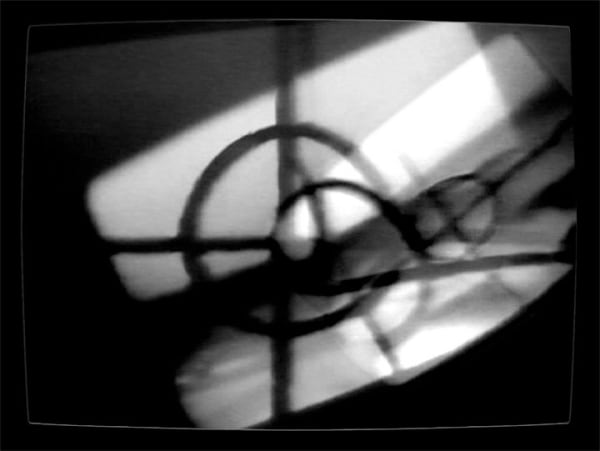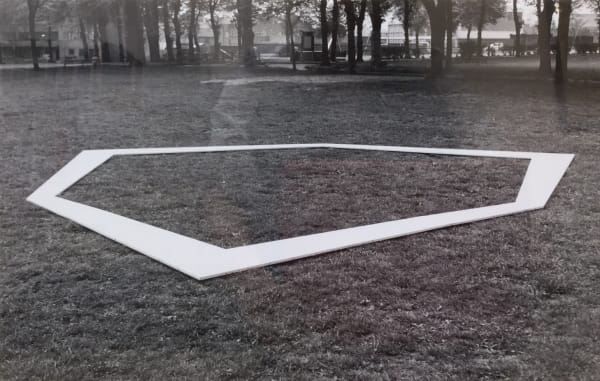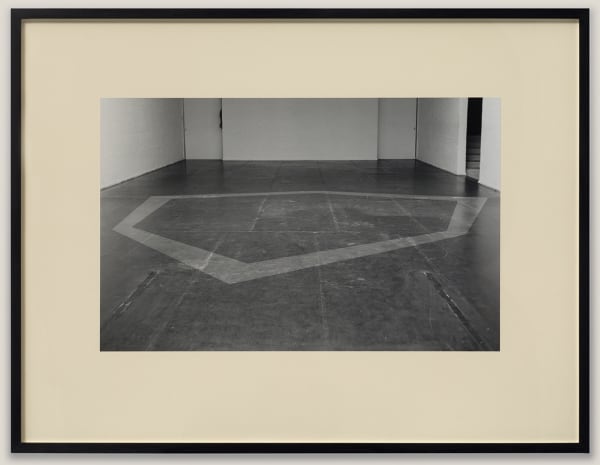David HALL: SITUATIONS ENVISAGED
David HALL's legacy as one of the founders of video art in the UK will be recognised in this upcoming exhibition featuring his pioneering work in sculpture, film and video. Curated by Stephen Partridge, the exhibition features major works from his estate.
This exhibition takes as its nexus the ground-breaking installation, A Situation Envisaged: The Rite II (Cultural Eclipse) (1989-1990) – a fifteen monitor video installation, first commissioned and exhibited for Video Positive ’89 at Tate Liverpool.
-

David Hall | Situations Envisaged installation view at Richard Saltoun Gallery.
-

David Hall | Situations Envisaged installation view at Richard Saltoun Gallery.
-

David Hall | Situations Envisaged installation view at Richard Saltoun Gallery.
-

David Hall | Situations Envisaged installation view at Richard Saltoun Gallery.
David HALL's legacy as one of the founders of video art in the UK will be recognised in this upcoming exhibition of his pioneering work in sculpture, film and video. Curated by Stephen Partridge, the exhibition features major works from his estate.
Hall, known as the 'Godfather of British video art', was an innovative artist and filmmaker renowned for revolutionising the promotion and reception of video art. He famously made the first ever artistic intervention on British television with his ten Interruptions of 1971: broadcast on Scottish television, the interruptions were both unannounced and uncredited. Now known as 7 TV Pieces (and featured in the collections of Tate, UK and Reina Sofia, Spain), the Interruptions opened the gateway for further technical and artistic experiments within the medium of television, video and film, including 60 TV Sets – the first ever multi-channel video installation, shown in 1972 at the Goethe Institute, London.
This exhibition takes as its nexus the ground-breaking installation, A Situation Envisaged: The Rite II (Cultural Eclipse) (1989-1990) – a fifteen monitor video installation, first commissioned and exhibited for Video Positive ’89 at Tate Liverpool.Curator Chrissie Isles described A Situation Envisaged as: "striking in its prescient re-interpretation of both the Minimalist sculpture of the 1960s, of which Hall was a part, and the post-Minimalist artistic hybridity of the 1970s, which he helped to create".
Hall’s early career and practice was founded in Minimalism; his sculptures were included in the seminal 1966 exhibition Primary Structures, curated by Kynaston McShine at the Jewish Museum, New York. The geometric structure of A Situation Envisaged asserts these minimal beginnings, whilst the centre monitor, with its image of the moon, recalls Nam June Paik's assertion that the moon was 'the oldest TV" - a nod to the “father of video art” and his enduring influence on Hall.
Screened alongside this important installation is Cinema (1972-3), a series of five films made with Tony Sinden: Actor, Between, Edge, This Surface and View, which were first exhibited at Tate in 1974. The five films explore the very materiality of the screen against the projected image through a manipulation of classic tropes and techniques of film.
Hall’s interest in the intrinsic properties of film as a medium is further explored with two single-channel video works: TV Fighter (Cam Era Plane) (1977) – described by Michael O’Pray of the BFI as “an astonishing tour de force” - and Vidicon Inscriptions: The Tape (1973) – first exhibited at Dokumenta 6, 1977. TV Fighter explores the concept of time, juxtaposing historical footage against his own. Vidicon Inscriptions literally registers the passage of time through the periodic release of a polaroid shutter, each fixed image then burnt into the “vidicon” tube. These films are unparalleled in their unique and experimental approach to the medium of video.
The exhibition will include archival documentation, drawings, and vintage photographs from the estate of David Hall.
A student of architecture, art and design at Leicester College of Art (1954-60) and sculpture at the Royal College of Art (1960-1964), David Hall went on to teach sculpture at Kingston University, London,and later St Martins School of Art, London. He very quickly became part of the challenge to the dominant object-based culture extant during the 1960s and was a founding member and contributor to the video art movement.
Hall became progressively illusionistic after graduating from the RCA and, by 1968 he was making sculptures that only existed for the camera - either as photographs or films. He made his last ever sculpture, Displacement (Removal Piece) for the ICA’s 1969 exhibition British Sculpture Out of the Sixties. The sculpture consisted of a carefully delineated shape on the painted floor: the shape corresponding to a sculpture by Hall on display in Japan at the time, the sculpture’s absent form indicated by the paint being sanded away.
Hall was the first practising artist to be awarded funding by the Arts Council of Great Britain for a series of films, including Motion Parallax (1968) and Vertical (1969), both of which explored space in the landscape. He was co-curator of the first video-installation exhibition at the Tate Gallery, London 1976; co-founder of London Video Arts (now LUX), 1976; a member of the Artist Placement Group (formed 1966); and founder of the first time-based media course at Maidstone College of Art in 1972. Awarded first prize at the Biennale de Paris in 1965, Hall took part in other key shows including: Primary Structures, Jewish Museum, New York, 1966; a solo show at Tate Gallery, 1974; the seminal international Video Show exhibition at the Serpentine Gallery, London in 1975, of which he was also co-organizer, and more recently bringing to a dramatic conclusion the switch from analog to digital broadcast transmissions with 1001 TV Sets (End Piece) (1972–2012) at the Ambika P3, London. Hall succeeded in making video art an autonomous art form and bringing to the forefront the notion of “time-based media”.
The exhibition is curated by Stephen Partridge in consultation with Hall’s daughter Debi Hall, Caroline Irving, Anna Ridley, and Adam Lockhart. Partridge is an artist and academic researcher (Dundee University) whose recent video-art archival and historical projects include REWIND & RewindItalia. His early video work Monitor (1974) was recently acquired by Tate.












